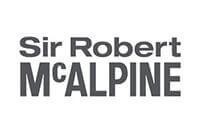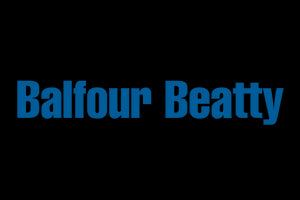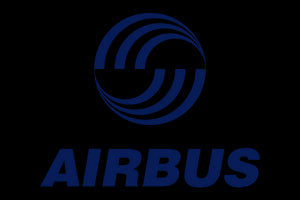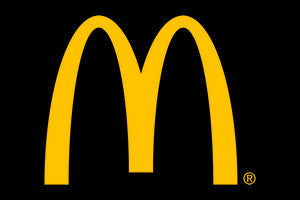Fireproofing and insulation spraying can release mineral fibres, cellulose, and cementitious dusts. Some mixes contain silica; the HSE WEL for respirable crystalline silica is 0.1 mg/m3, so controls must be robust and practical.
Pre-job planning and containment
- Define a work zone with sheeting and controlled access. Protect adjacent areas and HVAC intakes; establish a clean route for material and waste.
- Set negative pressure in the enclosure where feasible to prevent migration.
Capture at source
- Enclose mixing stations; fit LEV to the hopper and bag-tip area. Pre-wet cementitious materials where the method permits to reduce dust during mixing.
- Use tool-mounted extraction on cutting or trimming of boards and wraps. Keep drop heights minimal when loading hoppers.
- Optimise spray technique and pressure to prevent rebound and overspray that later dries and sheds.
Control airborne dust
Position air movement fan with filter sock to capture the bulk and to draw air across the workface toward extraction. Use air scrubbers with Hepa14 filtration for the fine or respirable dusts. Balance intake and exhaust to maintain negative pressure, and verify performance under load, not free-air ratings.
Housekeeping and waste
- Avoid sweeping and blow-downs. Vacuum surfaces and floors with industrial H-Class units; damp wipe where appropriate without soaking substrates.
- Bag waste at source and seal immediately. Remove from enclosures before breaks to keep floors clear.
- Inspect and change filters regularly; filter loading quickly degrades capture efficiency.
Workers and verification
Brief teams on RPE selection, checks, and face-fit. Use a particulate monitor to confirm background control before removing containments and at handover. Keep records to support COSHH assessments.
Practical takeaways
- Plan containment, access, and negative pressure from the outset.
- Fit LEV at mixing and trimming points; reduce drops and rebound.
- Use H14-filtered air scrubbers and verify airflow under load.
- Vacuum-only housekeeping; bag and remove waste promptly.
- Monitor particulate and document controls for COSHH.
When source capture, air control, and housekeeping work together, spraying operations run cleaner, handovers are faster, and rework is reduced.
Speak with a Dust Expert
Every site and project is different. If you’d like tailored guidance for your specific scenario, our Dust Experts are here to help.













